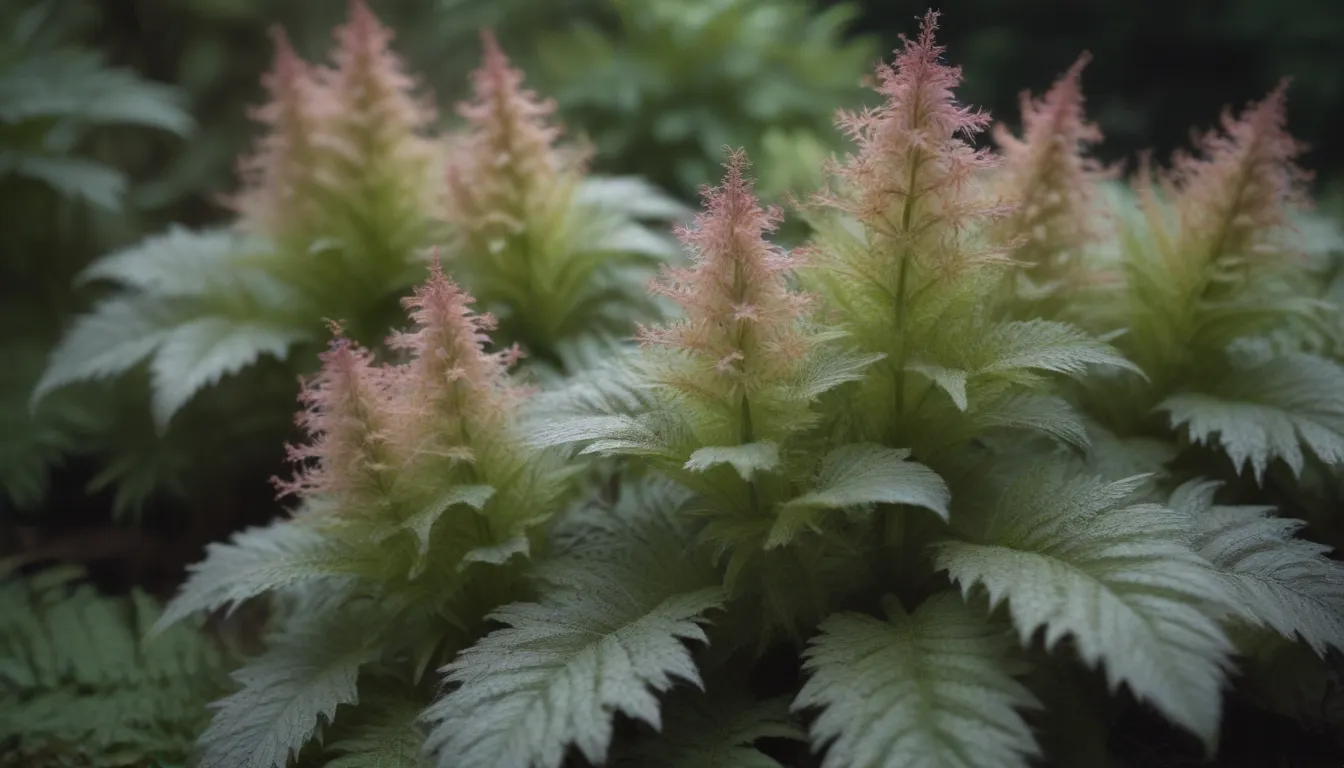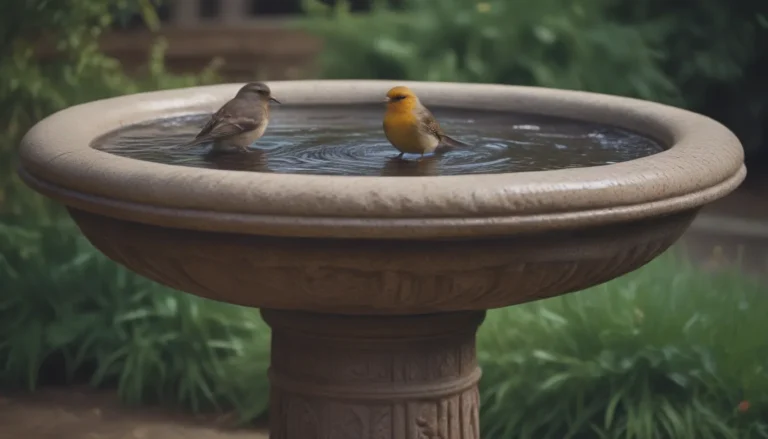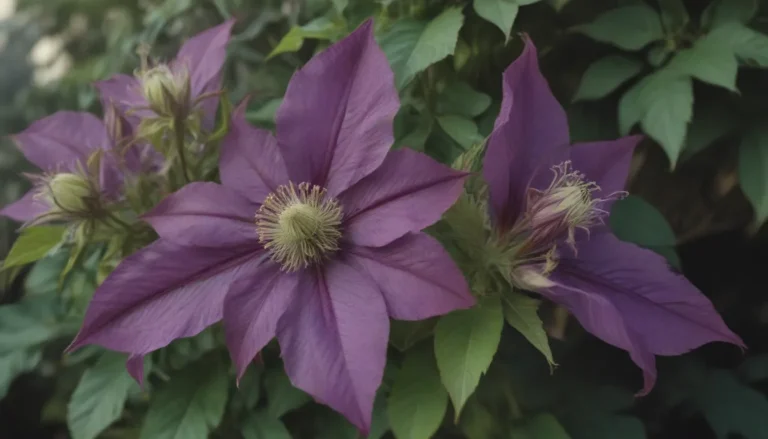Everything You Need to Know About Growing and Caring for Foamflower

Are you looking to add a touch of beauty to your garden with a native perennial wildflower? Look no further than the charming and delicate foamflower. Known for its foamy white to pinkish flowers that bloom in the springtime, foamflower is an excellent choice for those who prefer a low-maintenance plant that thrives in woodland conditions. If you’re interested in growing and caring for foamflower, you’ve come to the right place. In this comprehensive guide, we’ll explore everything you need to know about foamflower care, propagation, types, common pests, blooming tips, and more.
Foamflower Care: How to Ensure Your Plant Thrives
When it comes to caring for foamflower, there are a few key requirements to keep in mind to ensure your plant thrives in its new environment. Here are the main care guidelines you should follow:
- Light: Foamflower thrives in part shade to full shade, with a preference for morning sun only.
- Soil: Plant foamflower in soil that is rich in humus and organic matter, ensuring it can retain moisture while draining well.
- Water: Keep the soil evenly moist, especially during dry periods. Avoid overwatering to prevent root rot.
- Temperature and Humidity: Foamflower is cold-hardy and prefers moderate summer temperatures. It does not do well in hot climates above zone 8.
- Fertilizer: While foamflower does not typically require fertilizer, a complete fertilizer can be applied in early spring before new growth begins.
Types of Foamflower: Exploring the Varieties and Cultivars
Foamflower comes in two primary varieties: Heartleaf foamflower (Tiarella cordifolia var. cordifolia) and Wherry’s foamflower (Tiarella cordifolia var. collina, synonym: Tiarella wherryi). Additionally, there are several hybrids of Tiarella cordifolia that combine native Eastern U.S. species with Western U.S. species or Asian foamflower. Popular foamflower cultivars include ‘Oakleaf’, ‘Brandywine’, ‘Running Tapestry’, and ‘Sugar and Spice’.
Propagating Foamflower: How to Expand Your Garden
If you’re looking to propagate foamflower, you can divide dense, well-established clumps in late fall. This helps promote air circulation and ensures the soil remains well-draining. Another option is to grow foamflower from seed, though this method requires patience as perennials typically do not bloom in their first year.
Growing in Pots: Tips for Container Gardening with Foamflower
While foamflower is best suited as a ground cover in landscapes, it can also thrive in containers. When growing foamflower in pots, use well-draining potting mixes with minimal fertilizer to ensure the plant’s roots stay healthy.
Common Pests: Keeping Your Foamflower Healthy
Like any plant, foamflower is susceptible to pests such as slugs, snails, and black vine weevils. Implementing slug and snail control measures, as well as using pesticides for severe infestations, can help protect your foamflower from these common pests.
How to Get Foamflower to Bloom: Maximizing Your Plant’s Potential
Foamflower typically blooms from May through June, with some varieties blooming earlier and continuing into the summer. To encourage more blooms, ensure the plant is not sitting in soggy soil and consider lightly fertilizing in early spring. Deadheading spent flowers can also promote new growth and keep your foamflower looking tidy.
Common Problems With Foamflower: Troubleshooting Tips
While foamflower is generally low-maintenance, overwatering can lead to root rot and other issues. To prevent problems, amend the soil with compost to improve drainage and avoid wet feet for your foamflower plants. Additionally, be mindful of the plant’s natural growth habits and remove any dead foliage to maintain its health and appearance.
In conclusion, foamflower is a beautiful and versatile plant that can enhance any garden or landscape. By following these care guidelines, propagation tips, and blooming strategies, you can enjoy a healthy and vibrant foamflower garden year-round. Whether you’re a seasoned gardener or a beginner looking to expand your plant collection, foamflower is an excellent choice for its beauty, resilience, and ease of care. So go ahead, plant some foamflower, and watch as your garden blossoms with nature’s own foamy delight.





